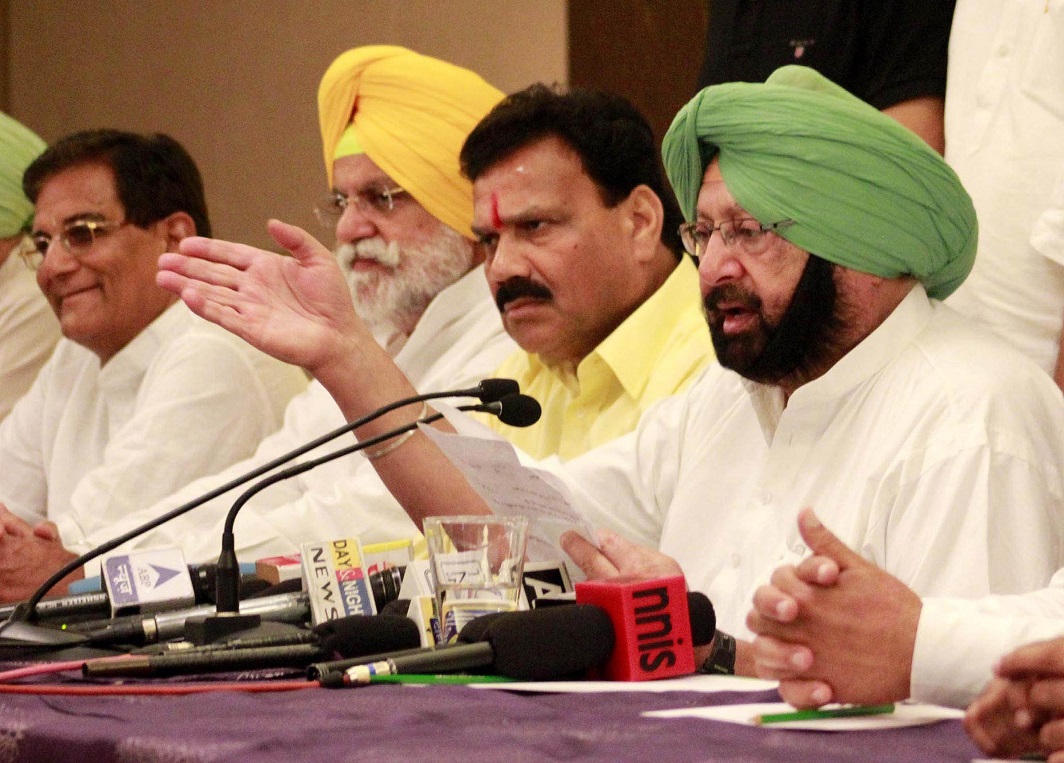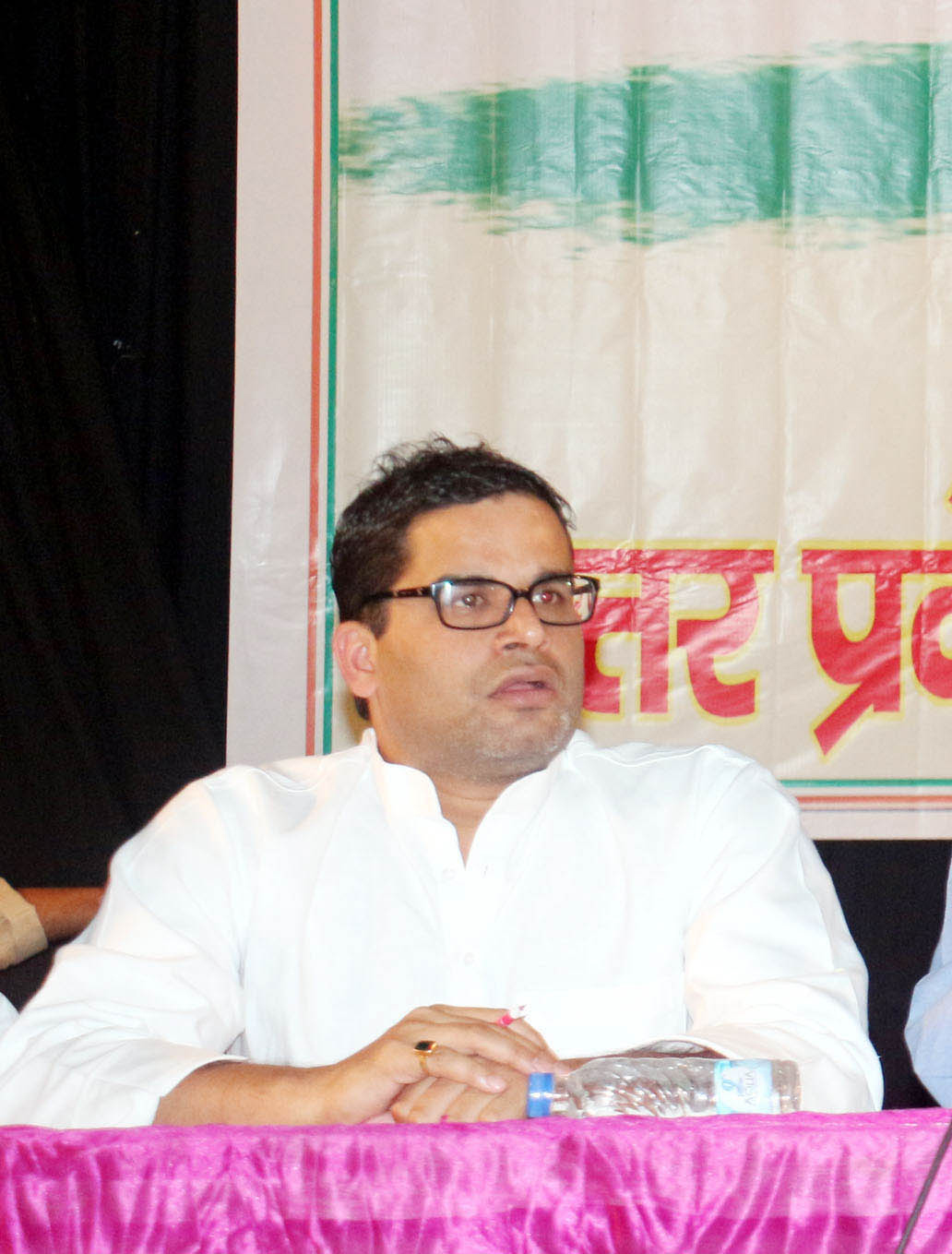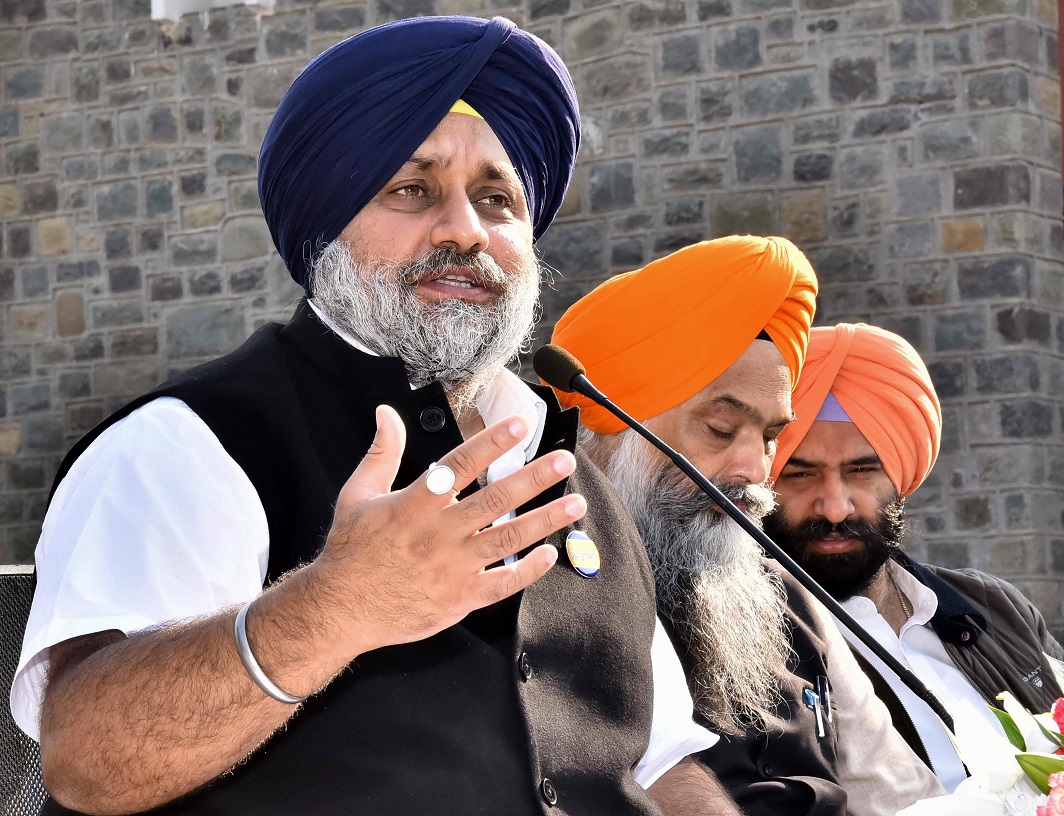
For the first time, assembly polls in the state will see a three-cornered fight with Kejriwal’s party in the fray. But with the Congress and the SAD-BJP combine having solid vote banks, can it create a dent?
~By Vipin Pubby in Chandigarh
Ever since the Reorganisation of States when Punjab’s current boundaries were drawn in 1966, the state had been witnessing bipolar elections. The traditional rivals were the Congress and the Shiromani Akali Dal (SAD) and BJP combine in their various avatars.
Both rivals swapped power except for the assembly elections in 2012 when the SAD-BJP alliance trumped the Congress to retain power. However, the 2017 assembly polls will, for the first time, see a three-cornered contest with the Aam Aadmi Party (AAP) also in the fray. Though the state has witnessed multiple-cornered contests earlier, the other parties, independents and rebels were hardly of any consequence.
During the run-up to the 2012 assembly elections, there was an attempt to have a three-cornered contest with SAD rebel and former finance minister Manpreet Singh Badal floating the People’s Party of Punjab. Manpreet was a favourite nephew of Chief Minister Parkash Singh Badal and was seen as a clean and upcoming leader. However, he rebelled rather late in the day and had very little time to organise his party at the grassroots level.
Although his party contested most of the seats, it could not win even a single seat and Manpreet lost from both the seats he had contested. Yet, his party bagged five percent votes which was enough to upset the applecart of the Congress, which lost the elections by a difference of just two percent votes.
BSP’S DECLINING GRAPH
Even the BSP has been contesting elections in Punjab. Despite the fact that Punjab has the highest percentage of Dalit voters in any state at 32 percent, the party has been on a declining graph there. It bagged roughly five percent of votes in the previous election and failed to win a single seat in the assembly. It has again fielded candidates from all constituencies after ruling out any truck with the Congress or the AAP.
AAP, however, is making a determined attempt to carry forward its unexpected sterling performance in the 2014 Lok Sabha elections when the state returned all its four members in the Lok Sabha. With a 24.4 percent vote share in its very first outing in Punjab, AAP was pretty close to the vote share of the ruling SAD, which got 26.3 percent votes. SAD’s partner, the BJP, got just 8.7 percent votes. The Akali Dal and AAP ended up with four seats each, while the BJP managed to bag two seats. The Congress, with 33.1 percent votes, could manage only three seats. These included the Amritsar constituency from where state Congress president Capt Amarinder Singh won after defeating current Finance Minister Arun Jaitley.
Given this scenario, the forthcoming assembly elections are expected to be totally different from the past and would be crucial to the future of the three major contestants.
CONGRESS’ ONLY HOPE
The Congress, which has been going downhill across the country, is looking at Punjab as its only hope. It is banking on Capt Amarinder Singh, a charismatic leader who proved to be a giant killer by defeating Jaitley despite a Modi wave.

The Congress also hopes to capitalize on the perceived anger against the ruling SAD-BJP coalition. What has also been a morale-booster to the Congress is that several opinion polls have shown it in a leading position in the state. Interestingly, the party is seen trailing in all the other four states going to the polls this year.
The party was considered a favourite to win the previous assembly elections too but failed mainly due to its own blunders. Most political observers later concluded that it was less a victory for the SAD-BJP combine and more a defeat of the Congress. One of the major factors for its defeat was massive infighting and wrong distribution of tickets to pander to various factions. This resulted in a large number of rebel candidates in the field. On top of that, no effort was made by the party leadership, including Capt Singh, to placate the disgruntled leaders. Many of them jumped into the election fray as independents, spoiling the chances of the party’s official candidates.
In a surprising twist, AAP leader and Delhi Deputy Chief Minister Manish Sisodia urged the people of Punjab to cast their votes “assuming that Arvind Kejriwal will be the chief minister of Punjab.”
Although Amarinder Singh has vowed not to repeat past mistakes, the party again appears to be trying its best to get defeated. It has not decided candidates for 40 of the 117 seats even as the Election Commission announced the poll schedule and had given less than a month to political parties to campaign. Much would depend on how the party handles these 40 constituencies where it has multiple contenders for its tickets.

Most are backed by one or another faction in the party. It may face an uncertain future if rebellion breaks out in these constituencies. This, despite the party recruiting election strategist Prashant Kishor to plan the campaign.
ANGER AGAINST SAD-BJP
The SAD-BJP alliance is facing not only anti-incumbency after its decade-long rule but also anger against the poor law and order situation, corruption and poor employment opportunities. It will be banking on a split in votes between the Congress and the AAP.
The alliance partners are projecting development as their major achievement. Indeed, the government can claim credit for developing infrastructure, including highways and airports. It can also lay claim for making Punjab a power-surplus state from a power-deficit one. However, it suffers from poor public perception on the issues of drugs, corruption and high-handedness by its cadres.

SAD president Sukhbir Badal has emerged as an astute political strategist. In an attempt to blunt the anti-incumbency factor, he has brought in 26 new faces (mostly youth) and has changed the party’s candidates in several constituencies. He has been paying attention to individual constituencies and will leave no stone unturned for scoring a hat-trick.
AAP was the first party off the block for campaigning. It started its campaign over a year ago by forming ward-wise committees. Its supporters have also fanned out in rural areas to seek support. The personal contact programme of the party has put it far ahead of rivals.
However, somewhere in between, it lost momentum due to a variety of reasons. One major factor that caused huge resentment was that party leaders from outside the state were given all the powers to lead the campaign and select candidates. Two of the party’s four MPs rebelled against the “dictatorial” attitude of party supremo Arvind Kejriwal. It suffered a major blow when its state convenor, Sucha Singh Chhotepur, was removed from the post for alleged corruption. He, then, floated his own party and announced candidates from several constituencies. Several other splinter parties are also in the election fray.
The Congress, which has been going downhill across the country, is looking at Punjab as its only hope. It is banking on Capt Amarinder Singh who proved to be a giant killer by defeating Jaitley despite a Modi wave.
And in a surprising twist, AAP leader and Delhi Deputy Chief Minister Manish Sisodia urged the people of Punjab to cast their votes “assuming that Arvind Kejriwal will be the chief minister of Punjab.”
A significant factor in Punjab elections has been a solid vote bank for both the Congress and the SAD. Even when these parties lost elections in the past, they managed to retain about 30 percent of the votes. AAP acted as a disrupter in the 2014 Lok Sabha elections, but the two major parties along with the BJP continue to have a firm footing.
Despite the fact that Punjab has the highest percentage of Dalit voters in any state at 32 percent, Bahujan Samaj Party has been on a declining graph there… It has again fielded candidates from all constituencies after ruling out any truck with the Congress or the AAP.
Another interesting aspect of the ensuing elections is a three-way traffic of prospective candidates. Thus, there are several instances of top Akali leaders, including former MLAs who were denied party tickets, joining the Congress and vice-versa. There has been a movement among AAP leaders and Congress ones too and between AAP and SAD.
All this has led to a very confusing political scenario and few are ready to hazard a guess on the outcome. It is, however, clear that there is no discernible wave in favour of any particular party at this juncture. The last phase of campaigning would be crucial, as by then, factors like rebels in the fray, would be clear.
Lead Picture: Delhi Chief Minister Arvind Kejriwal attending the 350th birth anniversary celebrations of Guru Gobind Singh in Patna. Photo: UNI

